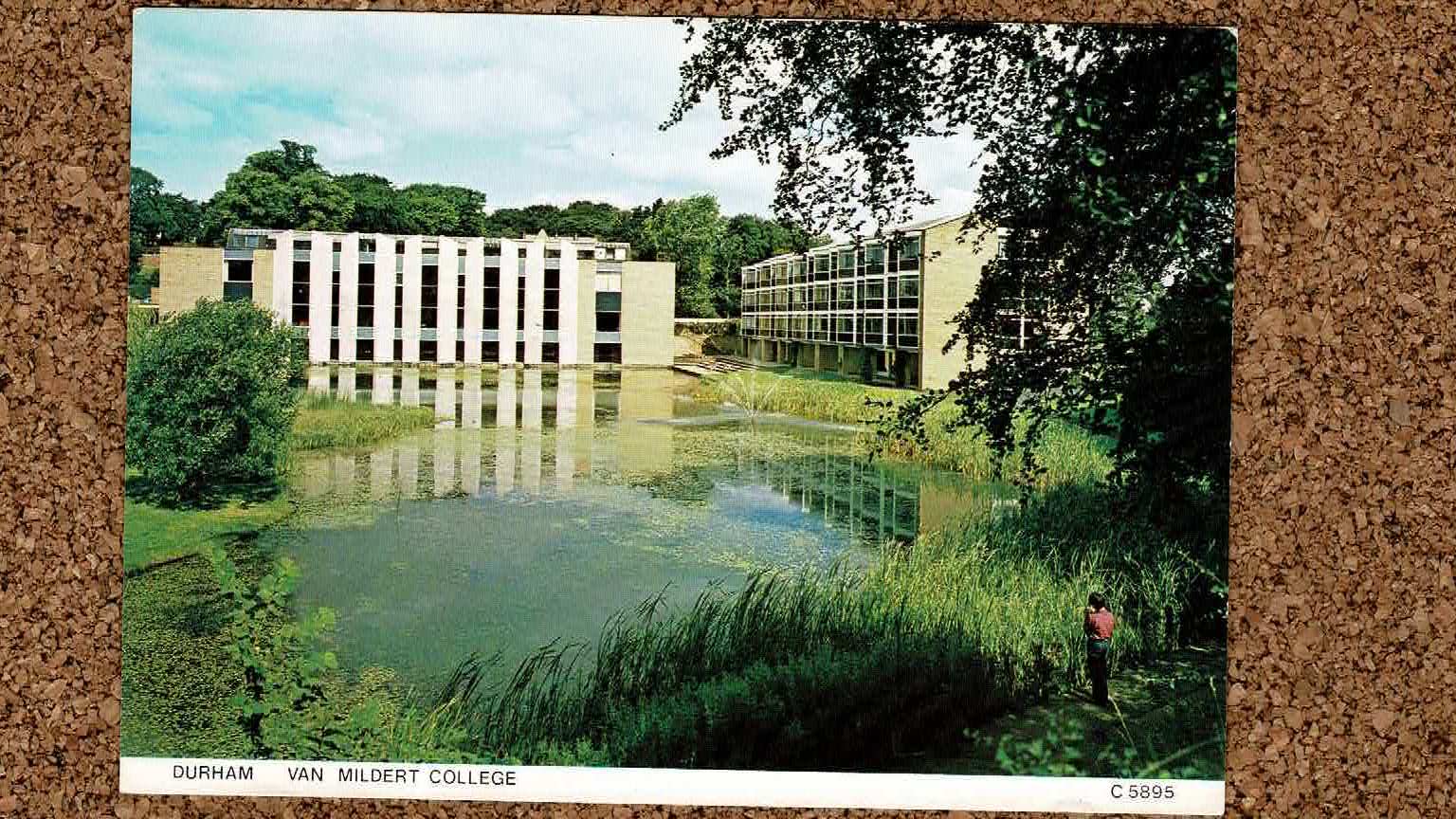Greetings from Durham!
Durham University was established by an Act of Parliament in 1832 and received a Royal Charter five years later, in 1837. The 1820s and 1830s were an exciting time for universities in England: for 600 years, you make do with just two – then, all of a sudden, four new university institutions come along at once.
Durham has a strong claim to be the third oldest university in England, its 1832 Act of Parliament giving formal sanction as a university before the others (UCL being founded as the self-styled London University in 1826, King’s College London gaining its Royal Charter, albeit not as a university, in 1829, and the University of London gaining a Royal Charter as a university in 1836). For a definitive account, Matthew Andrews’ Universities in the Age of Reform, 1800 – 1870: Durham, London and King’s College comes highly recommended, even though it is priced for libraries to own.
Durham is a collegiate university: that is, students are members of a college, which houses them for at least some of their study, and the university – by and large – organises the curriculum and the teaching. And this creates a challenge: growth in numbers can happen only by expansion of the colleges, and there’s a clearly a practical limit to the size of a college if it is to be a genuine community.
And so Durham in the 1960s, as access to higher education expanded in the UK, found itself needing new colleges. By acquiring land and building buildings, four new colleges were established between 1959 and 1972: Grey, Van Mildert, Trevelyan and Collingwood.
Van Mildert College entered the fray in 1965. It was named for William Van Mildert, Bishop of Durham, and the last Bishop of Durham to have temporal, not just spiritual powers. This state of affairs – the Bishop of Durham being known as a Prince Bishop, and Durham the county Palatine – was established by William the Conqueror in 1075.
The Bishop of Durham had, according to the Durham World Heritage Site website:
the right to raise an army, mint his own coins, and levy taxes. As long as he remained loyal to the king of England, he could govern as a virtually autonomous ruler, reaping the revenue from his territory, but also remaining mindful of his role of protecting England’s northern frontier.
These powers were finally abolished in 1836 – the threat from Scotland having diminished somewhat in the intervening 750 odd years – and William Van Mildert was able to spend his time campaigning successfully for the establishment of a university at Durham, rather than in tax-raising, coin-minting and Scot-fighting.
The College buildings were designed around the lake, shown in the card, and it has “the largest dining hall in Durham”.
This very postcard was a worthy runner up to Swansea University in the 2020 #HigherEducationPostcard world cup, having seen off Bradford, Cardiff, Queen’s Belfast and UCLan on the way to the final.












